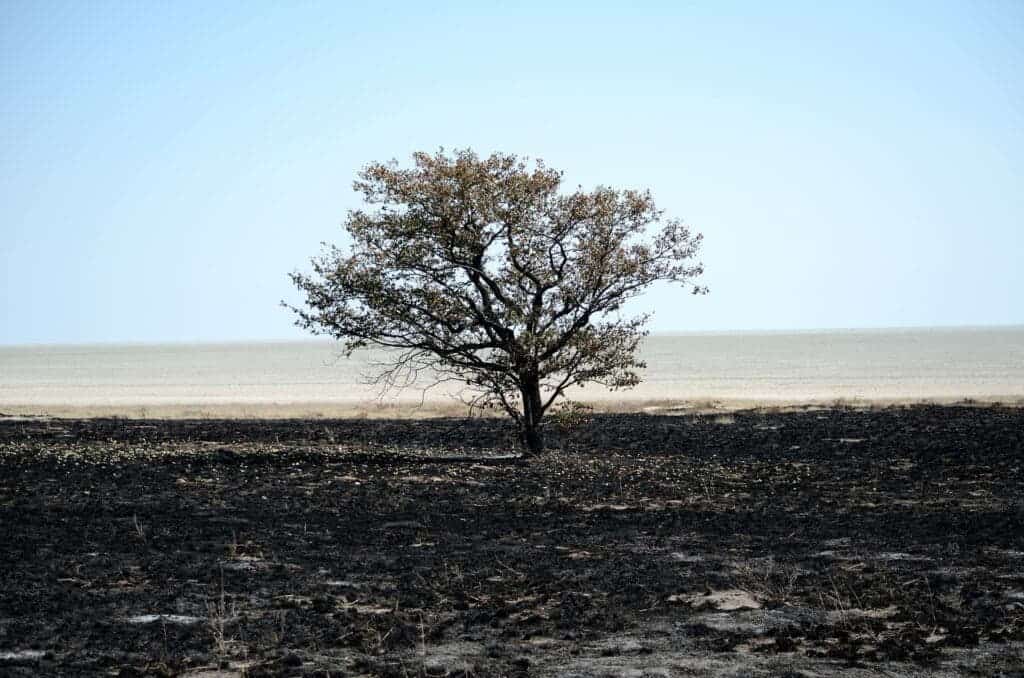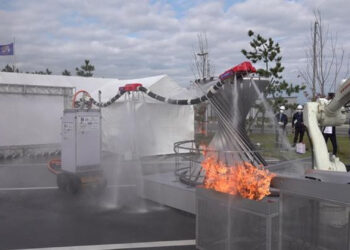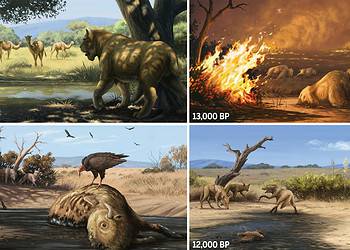New research at the University of California, Davis with support from U.S. Geological Survey (USGS), Cal Fire, and the U.S. Forest Service aims to understand how forests regenerate after wildfires.

The team has managed to create a predictive mapping tool that showcases where forests may have trouble regrowing after burning down. This tool can be used to nurture those areas that could have trouble recovering on their own, an especially important task in the wake of the massive wildfires we’ve seen in Australia and the USA this year.
After the flame
“Huge fires are converting forested areas to landscapes devoid of living trees,” said lead author Joseph Stewart, a postdoctoral researcher at UC Davis and with USGS.
“Managers need timely and accurate information on where reforestation efforts are needed most.”
Wildfires might char whole forests down to the ground, but there will always be saplings to start anew — at least, that’s what we like to think. There are, in fact, multiple factors that influence whether, and how fast, a forest can regrow after such an event; understanding what these are and how they interact in the real world can thus help preserve forests even after they have burned down.
The new tool, known as the Post-fire Spatial Conifer Regeneration Prediction Tool (POSCRPT), aims to give forest managers a way of estimating which areas will regrow naturally after a fire, and which are likely to need some help to do so. It produces results within weeks of a fire, too, meaning steps can be taken quickly to prevent long-lasting forest losses.
POSCRPT was developed from data recorded in the USA in the wake of the massive wildfires that swept through California. The team found that conifers (which dominate North America’s forests) are less likely to recover after a fire if seedlings have to face drier conditions. This is especially pronounced in low-lying forests that already experience frequent periods of drought, the team explains.
Fewer conifers are expected to regrow in California’s lower elevation forests due to climate change and its associated drought conditions, the team adds.
“We found that when forest fires are followed by drought, tree seedlings have a harder time, and the forest is less likely to come back,” said Stewart.
The study recorded post-fire recovery data from more than 1,200 study plots in 19 wildfires that burned between 2004 and 2012, and 18 years’ worth of forest seed production data. This was put together with multispectral satellite imagery, forest structure maps, as well as data pertaining to climate and other environmental factors. The end result was a model of how seed availability and forests’ regeneration probabilities vary for different groups of conifers.
A prototype has been used over the last few years by forest managers, the authors explain — the latest update includes more in-depth information on post-fire climate and seed production and also has an improved web interface.
“This work is a great example of how multiple partners can come together to solve major resource management problems that are arising from California’s climate and fire trends,” said co-author Hugh Safford, regional ecologist for the USDA Forest Service’s Pacific Southwest Region and a member of the research faculty at UC Davis.
The paper “Effects of postfire climate and seed availability on postfire conifer regeneration” has been published in the journal Ecological Applications.






